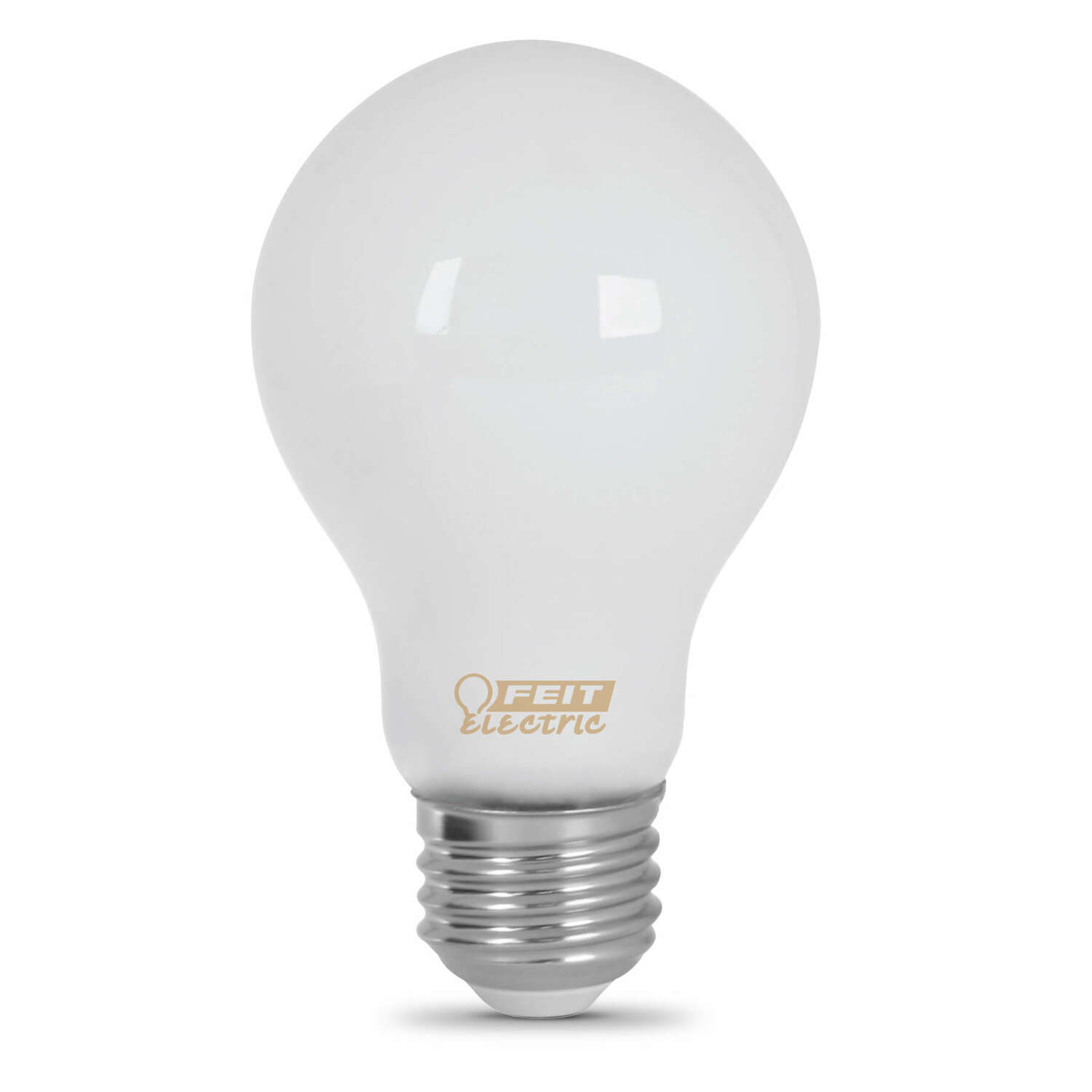

Articles
How Many Amps Does A 60-Watt LED Bulb Use
Modified: August 25, 2024
Looking for articles on how many amps a 60-watt LED bulb uses? Find all the information you need and more in our comprehensive guide.
(Many of the links in this article redirect to a specific reviewed product. Your purchase of these products through affiliate links helps to generate commission for Storables.com, at no extra cost. Learn more)
Introduction
Welcome to this article which aims to answer the question: How many amps does a 60 watt LED bulb use? In today’s world, energy efficiency and environmental sustainability are becoming increasingly important. LED (Light Emitting Diode) bulbs have gained significant popularity due to their low energy consumption and long lifespan. However, understanding the electrical characteristics of LED bulbs, such as their wattage and amperage, can be confusing for many people.
In this article, we will delve into the relationship between watts and amps, and specifically focus on the amperage of a 60-watt LED bulb. We will also explore the factors that can affect the amperage of LED bulbs, as well as the numerous benefits that LED bulbs offer over traditional lighting options.
So, if you are curious to know how much electricity a 60-watt LED bulb consumes and want to discover the advantages of using these energy-efficient lighting solutions, then let’s dive right in and explore the world of LED bulbs and electrical currents together!
Key Takeaways:
- LED bulbs use approximately 0.5 amps at 120 volts, making them highly energy-efficient lighting options with minimal electrical consumption for the amount of light produced.
- Factors such as brightness level, voltage fluctuations, and LED bulb quality can affect the actual amperage used, so optimizing these factors can maximize energy efficiency and performance.
Read more: How Many Watts Does A 60-Watt LED Bulb Use
Understanding Watts and Amps
Before we dive into the specific amperage of a 60-watt LED bulb, let’s take a moment to understand the concepts of watts and amps, as they are fundamental to understanding how electricity is measured and used.
Watts (W) and amps (A) are both units of electrical power, but they are used to measure different aspects of electrical systems. Watts measure the rate at which electricity is consumed or produced, while amps measure the amount of current flowing through a circuit.
In simple terms, watts can be considered as the overall energy consumption of a device or appliance, while amps refer to the flow of electrical current at a given moment.
Think of electricity flow like water flow in a pipe: watts would be equivalent to the total volume of water consumed or produced, while amps would be similar to the rate of water flow at any given time.
Why is this important? Well, understanding the relationship between watts and amps is crucial when it comes to determining the electrical characteristics of devices and appliances, including LED bulbs.
When a manufacturer states that an LED bulb uses 60 watts of power, it’s simply an indication of the amount of energy it consumes to produce light. However, to truly understand the electrical impact of the bulb, we need to delve into its amperage.
Now that we have a basic understanding of watts and amps, let’s move on to exploring the amperage of a 60-watt LED bulb.
Finding the Amperage of a 60-Watt LED Bulb
Calculating the amperage of a 60-watt LED bulb involves a simple mathematical equation that utilizes Ohm’s Law. Ohm’s Law states that the current (I) in a circuit is equal to the power (P) divided by the voltage (V).
For most residential and commercial applications, the standard voltage is 120 volts. By applying Ohm’s Law to a 60-watt LED bulb, we can determine the amperage. Here’s the formula:
Amperage (I) = Power (P) / Voltage (V)
Substituting the values, we get:
I = 60 watts / 120 volts
Performing the calculation, we find that the amperage of a 60-watt LED bulb is 0.5 amps. Therefore, a typical 60-watt LED bulb draws approximately half an ampere of current when operating at the standard voltage of 120 volts.
It’s important to note that the amperage of LED bulbs may vary slightly depending on the specific brand and model. However, in general, a 60-watt LED bulb should consume around 0.5 amps of current.
Now that we know the amperage of a 60-watt LED bulb, let’s explore some factors that can affect the amps used by LED bulbs.
A 60 watt LED bulb typically uses around 0.5 amps of electricity. To calculate the exact amperage, use the formula Amps = Watts/Volts.
Factors Affecting the Amps Used by a 60-Watt LED Bulb
While the amperage of a 60-watt LED bulb is generally around 0.5 amps, there are several factors that can affect the actual amps used by the bulb. Understanding these factors can help you optimize the energy efficiency and performance of your LED lighting setup.
- Brightness Level: The actual amount of current drawn by an LED bulb depends on its brightness setting. Dimming a 60-watt LED bulb will reduce its power consumption and amperage. Higher brightness levels will generally result in higher amperage usage.
- Voltage Fluctuations: Variations in the voltage supplied to the LED bulb can affect its amperage. If the voltage is higher than the rated voltage, the amperage may increase slightly. On the other hand, lower voltage may cause the amperage to decrease. However, most LED bulbs are designed to operate within a voltage range, minimizing the impact of voltage fluctuations.
- Quality of the LED Bulb: The quality of the LED bulb can also impact its amperage. Higher-quality bulbs tend to be more energy-efficient and may have better power management systems in place, resulting in lower amperage usage without compromising brightness or performance.
- Temperature: LED bulbs are sensitive to temperature changes. Higher operating temperatures can increase the resistance in the internal circuits of the bulb, leading to a slight increase in amperage. It’s important to ensure proper ventilation and cooling to maintain optimal performance and efficiency.
- LED Driver Efficiency: LED bulbs require a driver to regulate voltage and current. The efficiency of the LED driver can impact the amperage usage. Higher-quality drivers tend to have better conversion efficiency, resulting in lower amperage consumption.
By understanding these factors and optimizing the conditions in which your LED bulbs operate, you can ensure maximum energy efficiency and longevity while maintaining the desired brightness levels.
Now that we have explored the factors that can affect the amperage of LED bulbs, let’s take a moment to highlight the benefits of using LED bulbs over traditional lighting options.
Benefits of Using LED Bulbs
LED (Light Emitting Diode) bulbs offer numerous advantages over traditional lighting options, making them a popular choice for both residential and commercial applications. Let’s explore some of the key benefits of using LED bulbs:
- Energy Efficiency: LED bulbs are highly energy-efficient compared to traditional incandescent and fluorescent bulbs. They consume significantly less electricity to produce the same amount of light, resulting in lower energy bills and reduced carbon footprint. LED bulbs convert a higher percentage of electrical energy into light, making them an environmentally friendly choice.
- Long Lifespan: LED bulbs have a remarkably long lifespan compared to other lighting technologies. On average, an LED bulb can last up to 25 times longer than incandescent bulbs and 10 times longer than fluorescent bulbs. This longer lifespan not only reduces the frequency of bulb replacements but also saves money in the long run.
- Instantaneous Lighting: LED bulbs provide instant illumination without any warm-up time. Unlike fluorescent bulbs, which can take a few seconds to reach full brightness, LED bulbs turn on at their maximum brightness immediately. This instant lighting is particularly useful in areas where quick, reliable illumination is required.
- Durable and Sturdy: LED bulbs are designed to withstand various environmental conditions. They are highly durable and resistant to shocks, vibrations, and temperature changes. LED bulbs are also mercury-free, making them safer for both human health and the environment.
- Wide Range of Options: LED bulbs come in a wide variety of shapes, sizes, and color temperatures. Whether you need warm white light for a cozy ambiance or bright daylight for task lighting, LED bulbs offer a range of options to suit your specific lighting requirements. Additionally, LED bulbs are compatible with dimming switches, providing flexibility in creating different lighting moods.
- Enhanced Lighting Quality: LED bulbs produce high-quality light that is free from flickering and harsh glare. They offer excellent color rendering, meaning they can accurately reproduce colors compared to other lighting technologies. This makes LED bulbs ideal for areas where color accuracy is important, such as art galleries, retail spaces, and photography studios.
To sum it up, LED bulbs are energy-efficient, long-lasting, provide instant illumination, and offer a range of options to suit various lighting needs. Their durability, environmental friendliness, and enhanced lighting quality further contribute to their widespread adoption.
Now that we have explored the benefits of LED bulbs, let’s conclude our article.
Conclusion
In conclusion, understanding the amperage of a 60-watt LED bulb can provide valuable insights into its electrical characteristics and energy consumption. By using the formula I = P / V, we can determine that a typical 60-watt LED bulb draws approximately 0.5 amps of current at the standard voltage of 120 volts.
However, it’s important to consider that factors like brightness level, voltage fluctuations, LED bulb quality, temperature, and LED driver efficiency can all affect the actual amperage used by the bulb. Optimizing these factors can help maximize energy efficiency and performance.
LED bulbs offer numerous benefits, making them a popular choice for lighting solutions. They are highly energy-efficient, have a long lifespan, provide instantaneous lighting, and are durable and sturdy. LED bulbs also offer a wide range of options in terms of shape, size, and color temperature, allowing for versatility in lighting design. Additionally, the enhanced lighting quality of LED bulbs contributes to their suitability for various applications.
By choosing LED bulbs over traditional lighting options, you can enjoy the advantages of energy savings, reduced maintenance costs, and improved lighting quality. LED bulbs are a smart investment for both residential and commercial applications, contributing to sustainability efforts and providing long-term benefits.
So, the next time you consider lighting options, remember the benefits of LED bulbs and their relatively low amperage consumption for the amount of light output they provide.
Thank you for joining us on this journey through watts, amps, and the world of LED bulbs. We hope this article has been informative and helpful in understanding how many amps a 60-watt LED bulb uses.
Frequently Asked Questions about How Many Amps Does A 60-Watt LED Bulb Use
Was this page helpful?
At Storables.com, we guarantee accurate and reliable information. Our content, validated by Expert Board Contributors, is crafted following stringent Editorial Policies. We're committed to providing you with well-researched, expert-backed insights for all your informational needs.

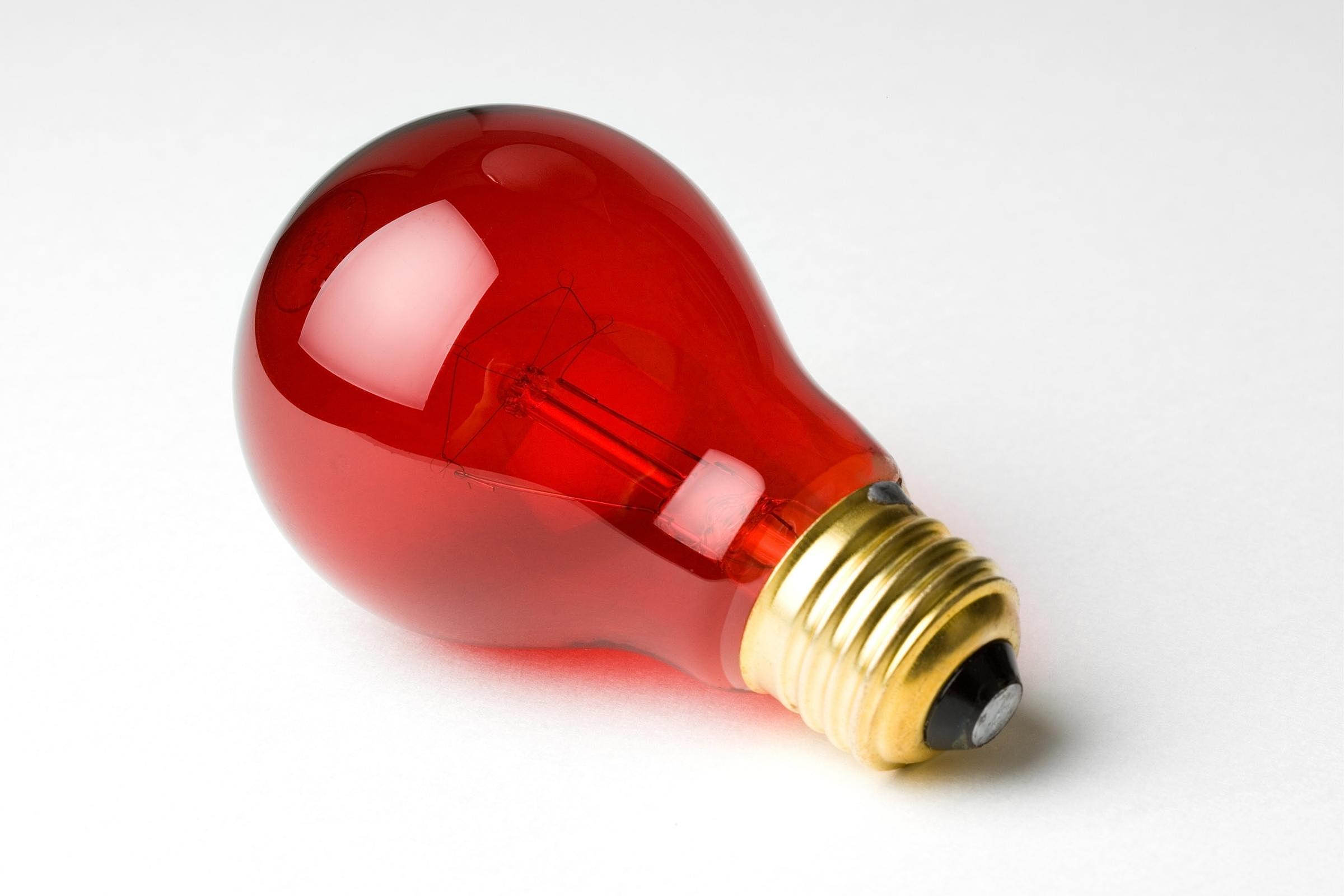
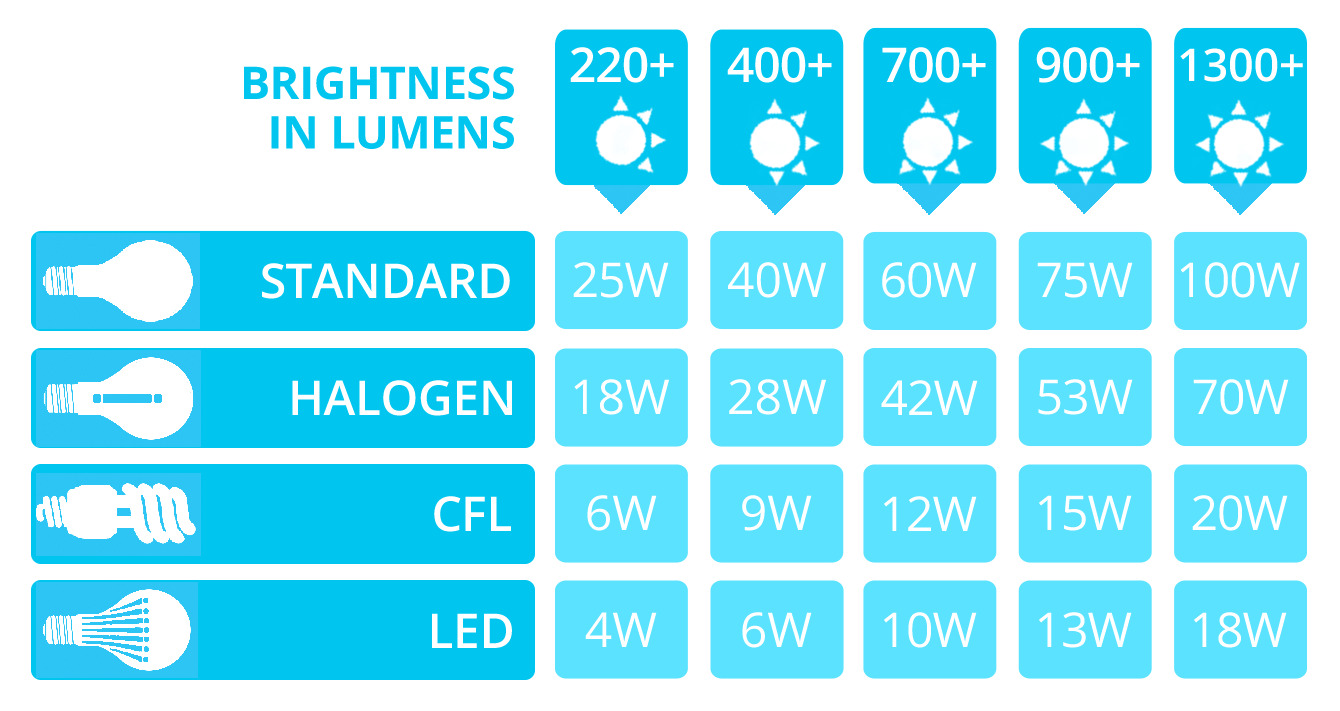
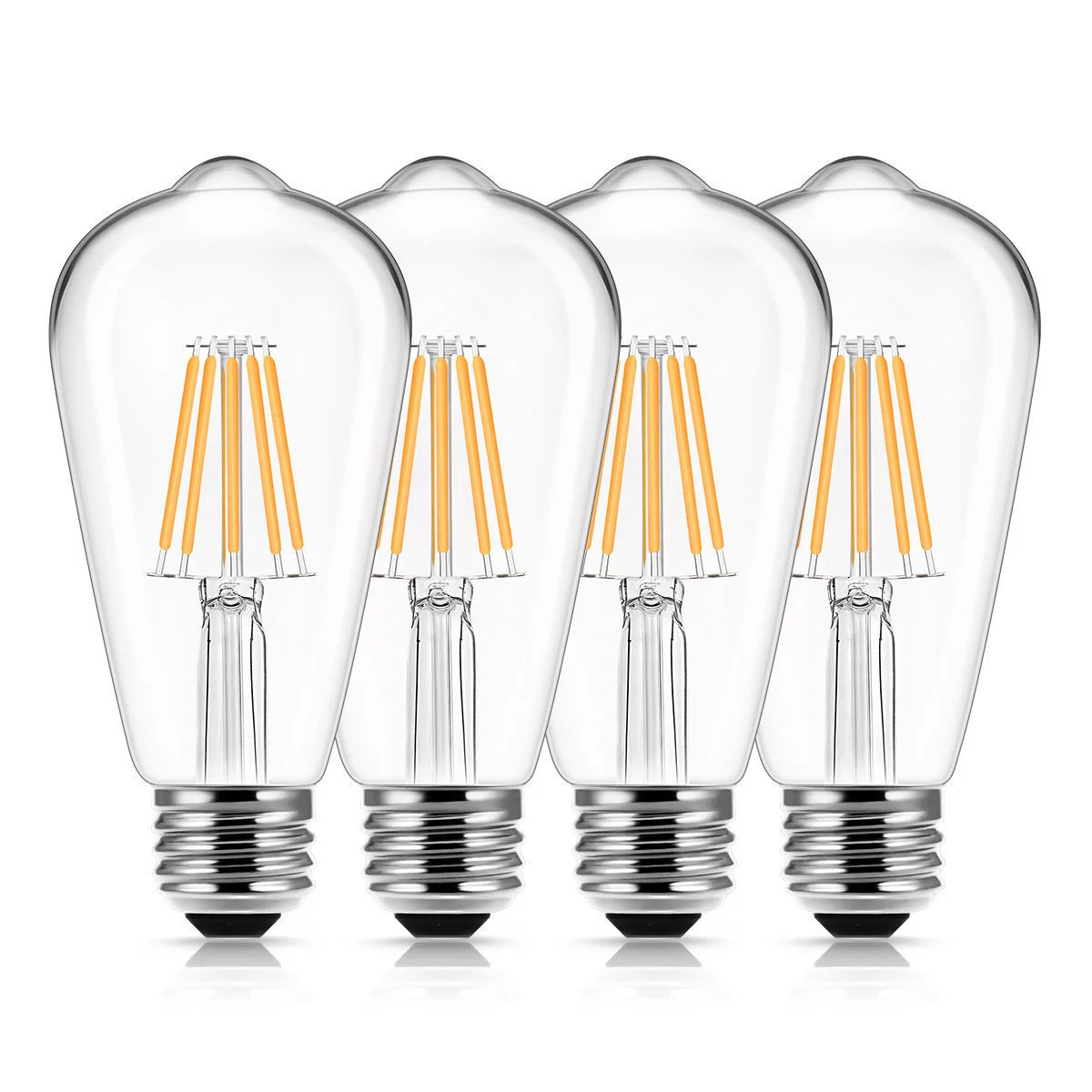
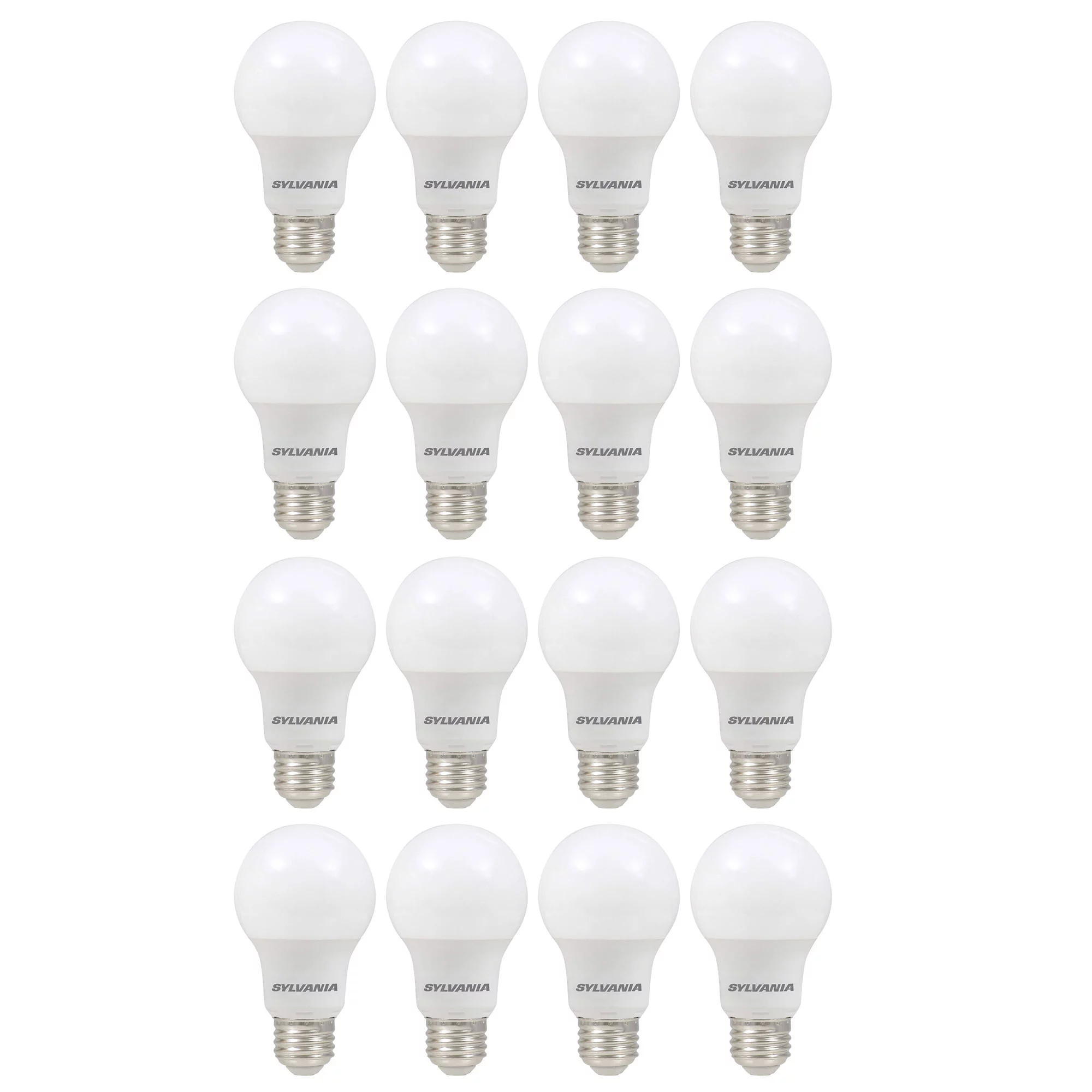
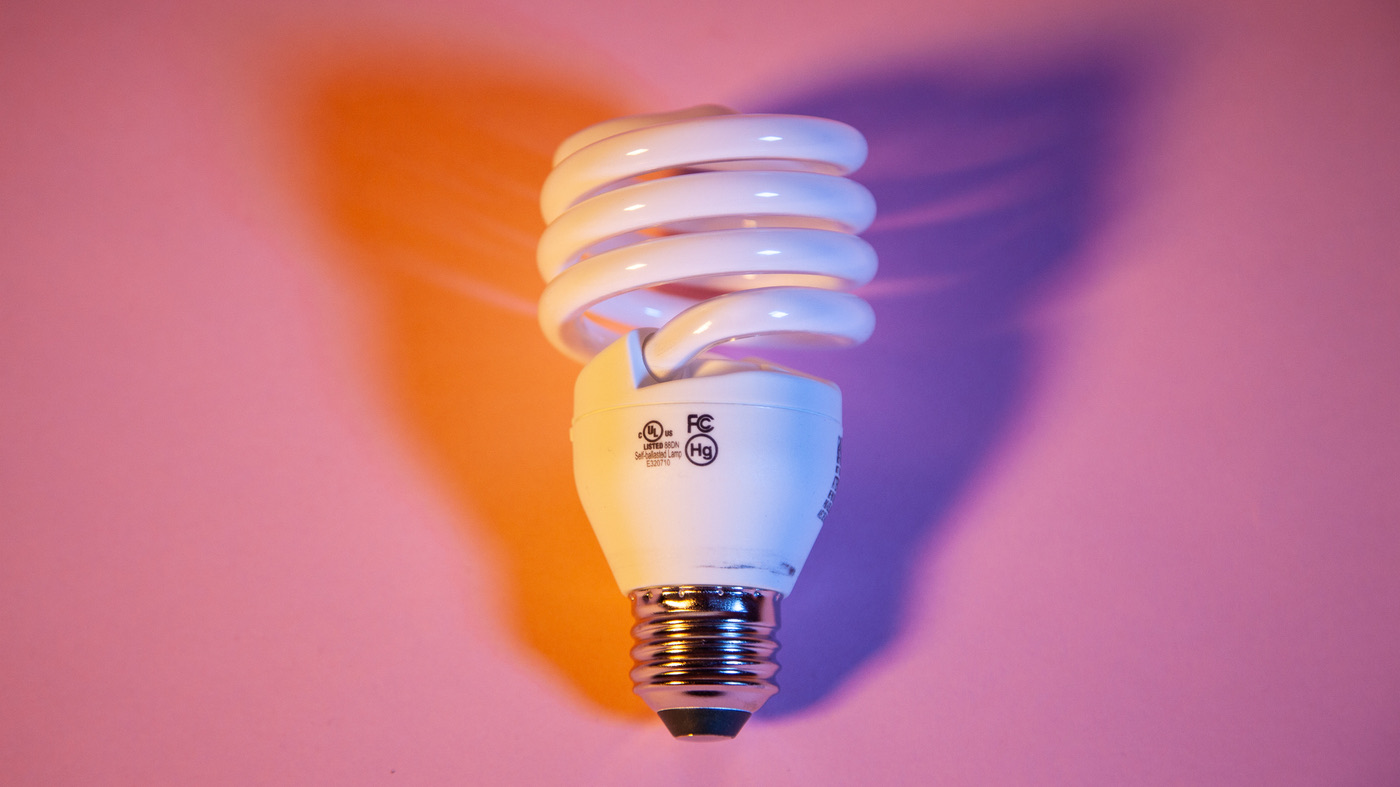
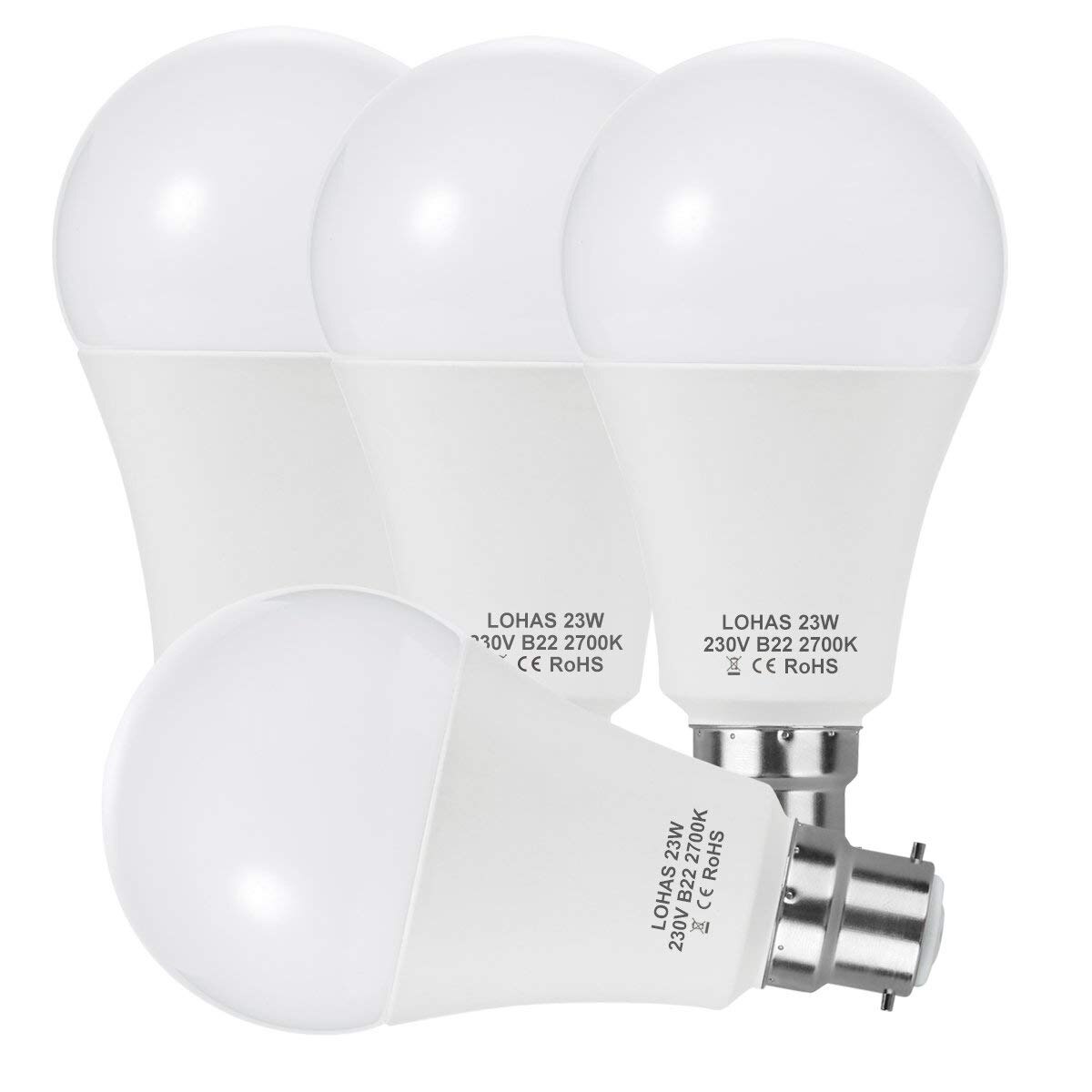
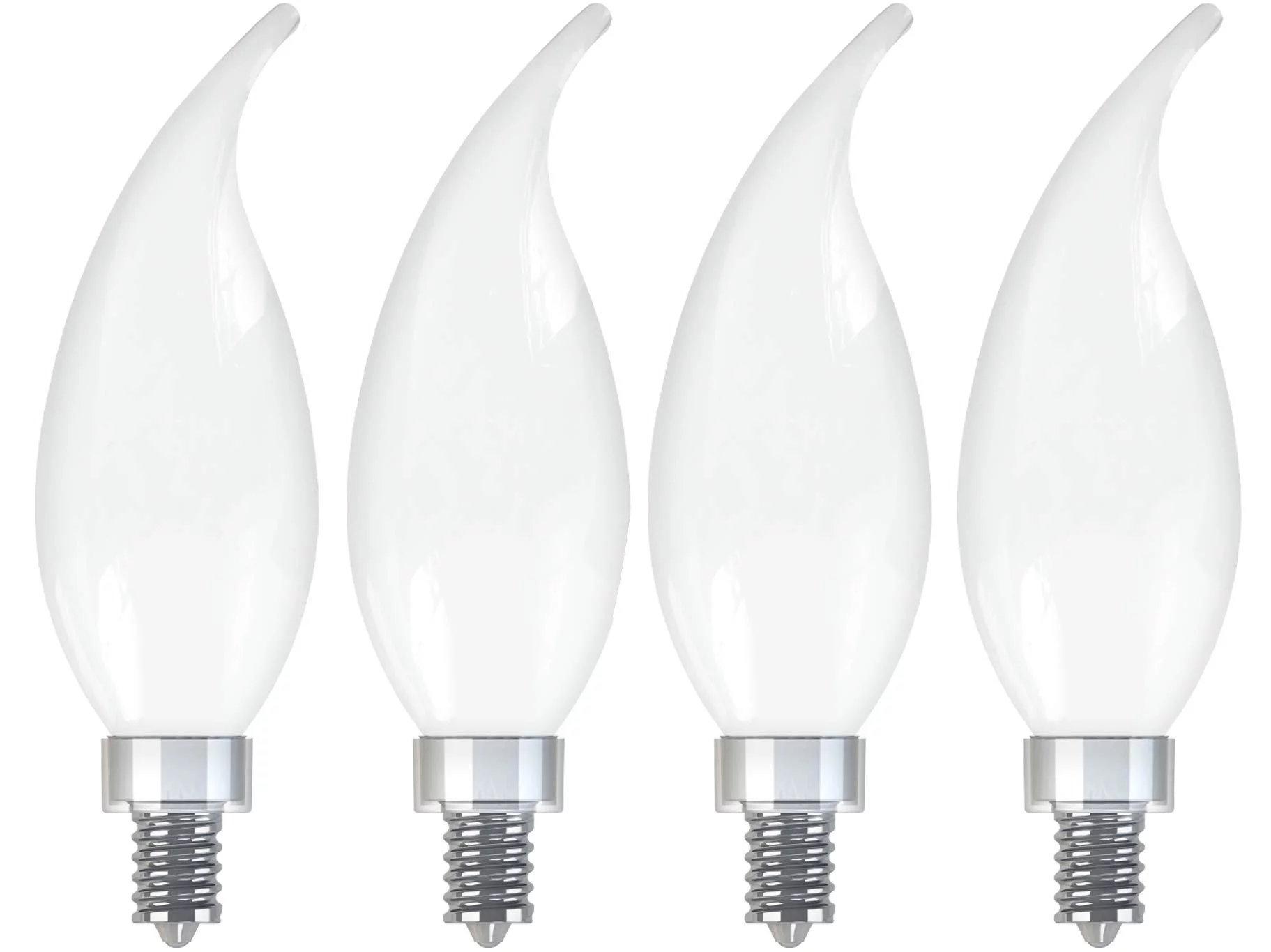
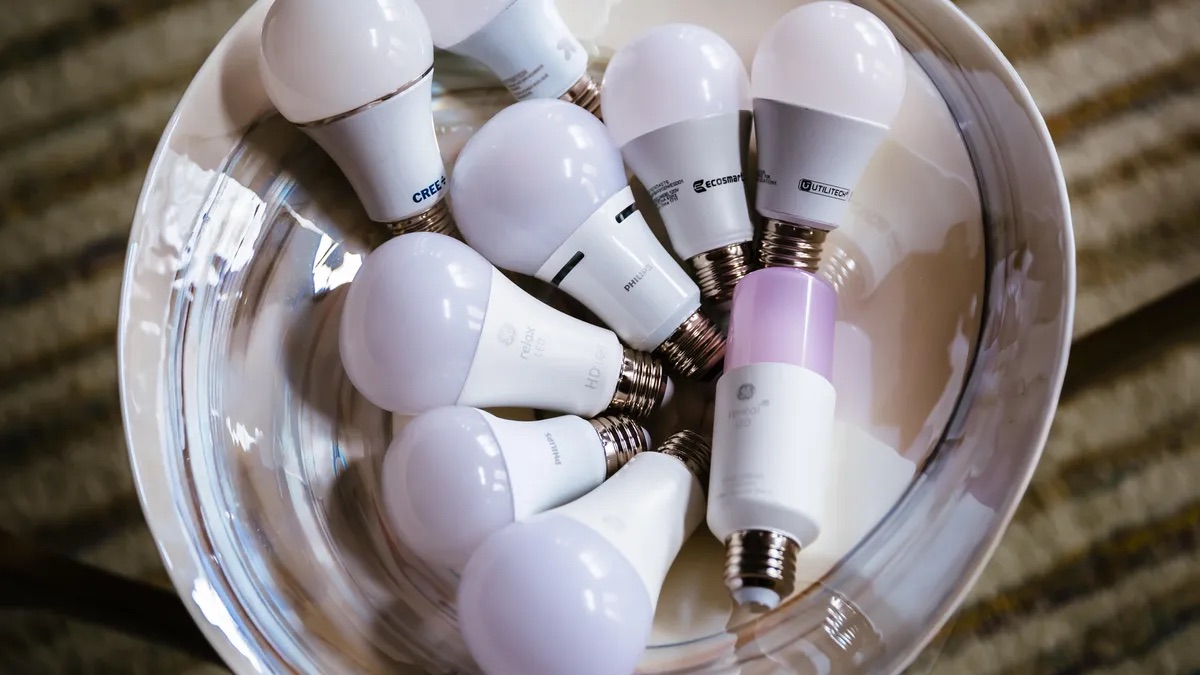
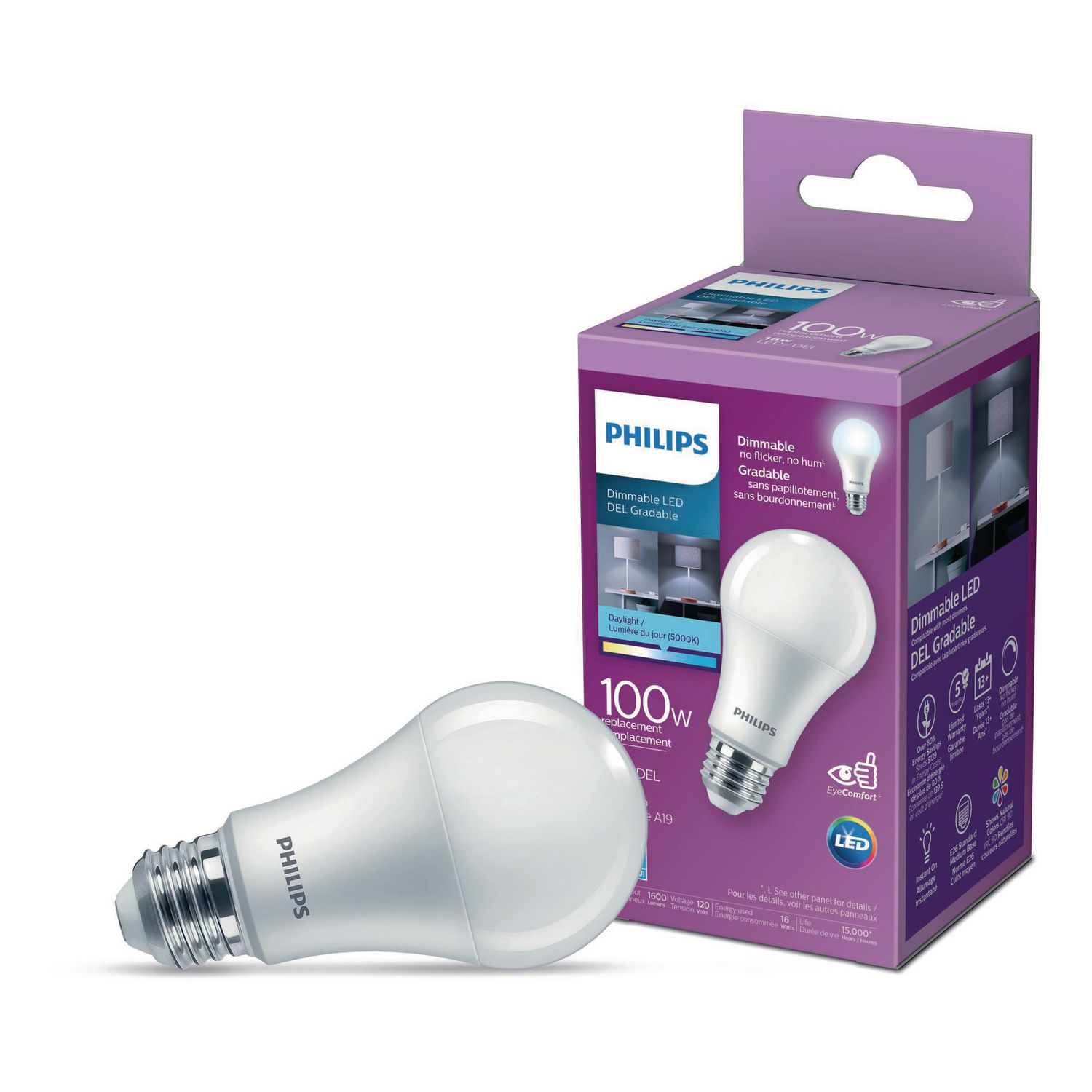

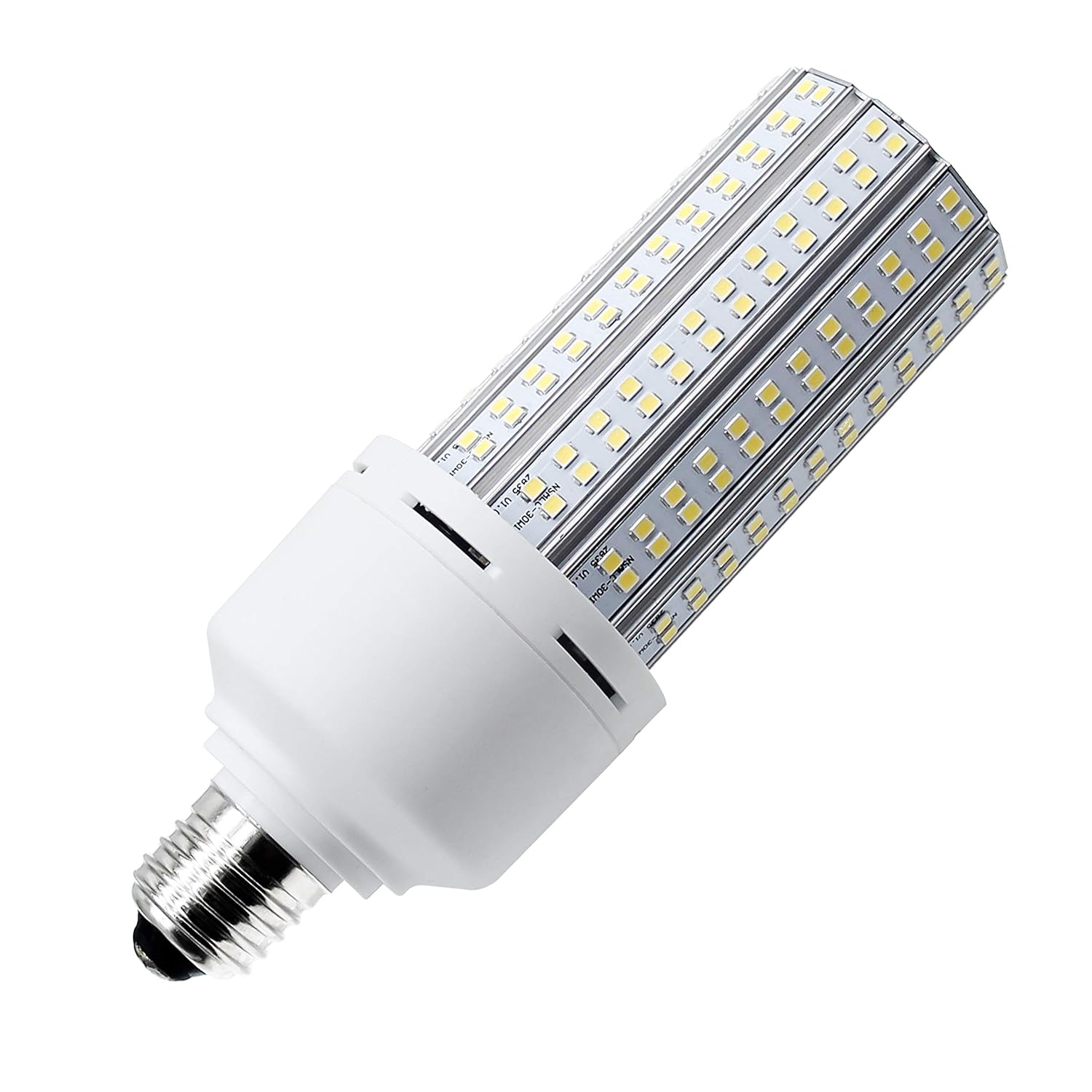
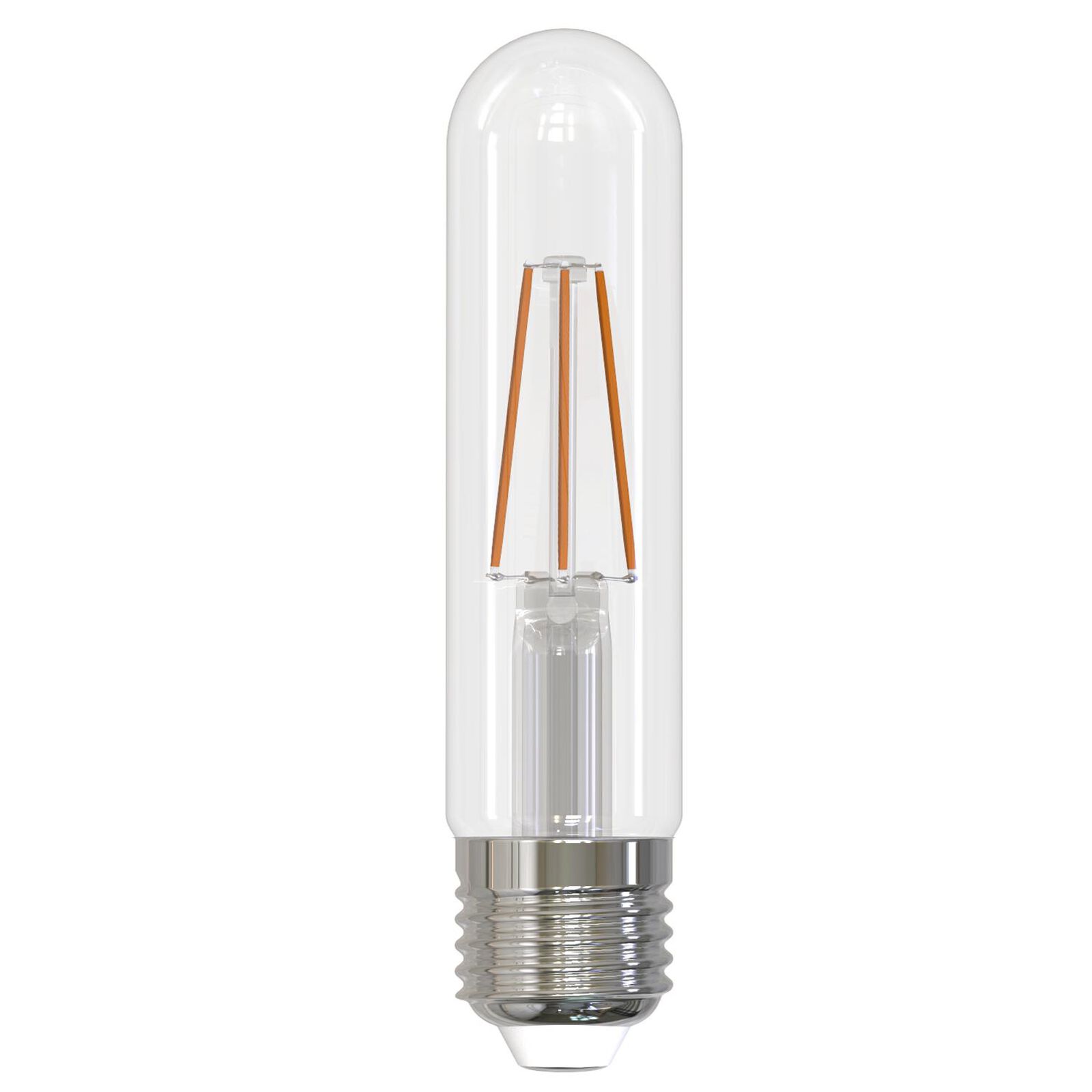
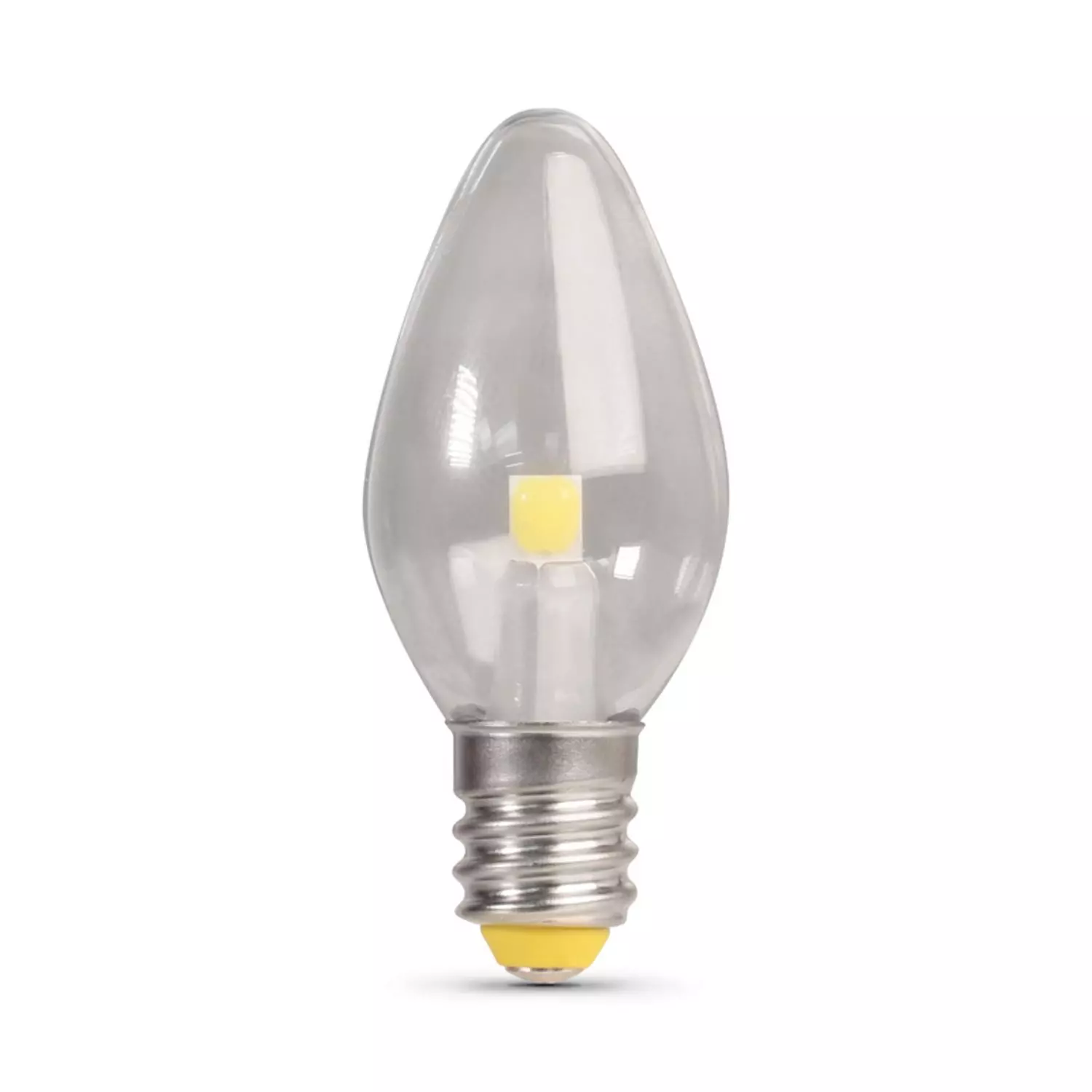

0 thoughts on “How Many Amps Does A 60-Watt LED Bulb Use”